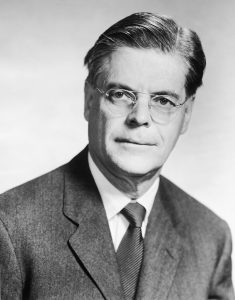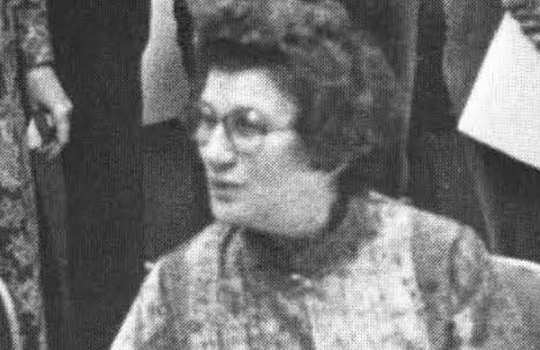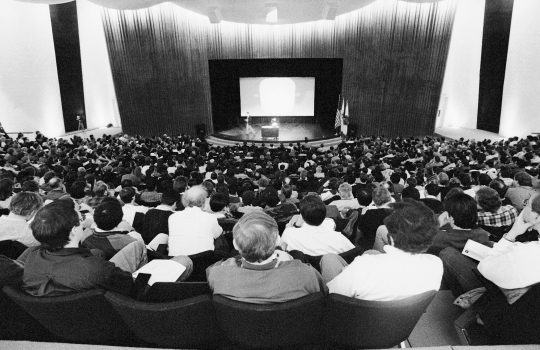 Fifty years ago today, on Feb. 28, 1967, Robert R. Wilson became director of the National Accelerator Laboratory. At the time, Wilson was a professor of physics at Cornell University.
Fifty years ago today, on Feb. 28, 1967, Robert R. Wilson became director of the National Accelerator Laboratory. At the time, Wilson was a professor of physics at Cornell University.
Wilson was born in 1914 and spent much of his childhood on his family’s Wyoming cattle ranch. He obtained his Ph.D. in physics from the University of California, Berkeley, in 1940, after which he became an instructor at Princeton University. In 1943, he left for Los Alamos, where he became the youngest group leader in the Manhattan Project. After the end of World War II, he became an associate professor at Harvard University. In 1947, he left Harvard to become a full professor at Cornell University, where he remained until he became director of the new National Accelerator Laboratory.
Wilson learned on Jan. 15, 1967 that the Universities Research Association Board of Trustees intended to offer him the position of director of the new National Accelerator Laboratory, and he received an official offer on January 30, 1967. He told them he would need a month to make the decision. On February 28, 1967, Wilson wrote a letter to Atomic Energy Commission Chair Glenn Seaborg accepting the position. He sent another acceptance letter to Universities Research Association President Norman Ramsey the next day.
Wilson would have a profound influence on the course of the lab’s history and the development of its unique character. His daring vision guided the design and construction of the accelerator, bringing it to completion ahead of schedule and under budget. A passionate outdoorsman, Wilson helped lead the lab’s efforts to restore the native prairie and brought the first bison to the lab. He was also a skilled sculptor, and his concern for aesthetics is evident throughout the lab site.
Wilson stepped down from the Fermilab directorship in February 1978 and died in January 2000.
You can read the URA press release announcing the selection of Wilson as the lab’s director. You can also read some of Wilson’s reasons for accepting the lab’s directorship in a selection from his drafts for his memoirs. These memoirs were never completed, but the drafts are available in the Fermilab Archives.



